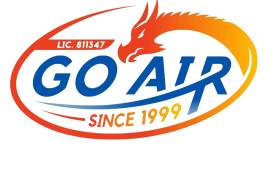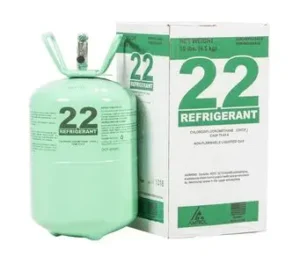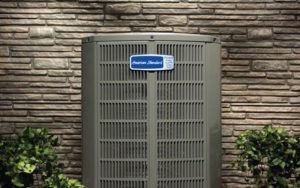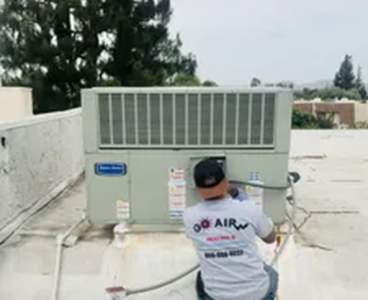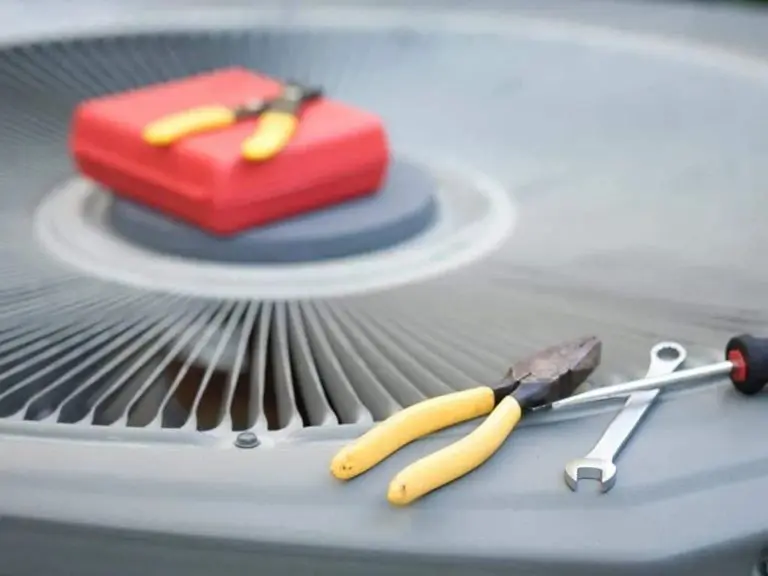R-22 refrigerant has been used for years in central air conditioners, heat pumps, mini-splits, car AC systems, and other refrigeration equipment. It’s the key to absorbing and removing heat from a space. It is mostly used on units older than 10 years.
R-22 is a HCFC (Hydrochlorofluorocarbon). HCFCs emit chemicals that deplete the earth’s ozone layer.
If Your Unit Was Built Before 2010 You’re Due for a System Upgrade!
If a unit breaks after January 2020, chances are you’ll have to replace at that time. One thing to keep in mind: the closer we get to 2020, there will be lots of equipment owners in the same boat as you, all needing their systems replaced. You know what it’s like when you need a repair during an August heat wave? This situation will likely be a whole lot worse. When your system finally breaks and you need an emergency replacement, and you could be without AC for some time while you wait for installation availability.
The upfront cost can be a hurdle, especially if you’ve got multiple systems to replace before R22 is phased out. However, this can be the most cost-effective option in the long run. Plus, you can take advantage of tax breaks for HVAC equipment & installation costs for units 16 SER or higher as well as rebates by your gas company.
If you get it done this year, you can write off the entire cost on your taxes! Chances are the tax rules will change next year, so this is a big money-saving opportunity!
Phaseout of Ozone-Depleting Substances (ODS)
n stages the United States Environmental Protection Agency (EPA), has reduced the amount of Ozone Depleting Substances that may be legally produced or imported into the country. The EPA has accelerated the phaseout in the US under its Clean Air Act authority.
By January 1, 2020 R-22 is to phase out completely: no new or imported R22 is allowed in the U.S.
Which means your old equipment can’t be repaired if the refrigerant is unavailable. You’ll be forced to replace it the next time it need a repair that requires adding refrigerant.
R22 refrigerant and its HFC replacement R410A are totally incompatible. Your existing condensing unit and cooling coil are not suited to the ODnew higher pressure refrigerant.
For more information about the Phaseout ODS visit:
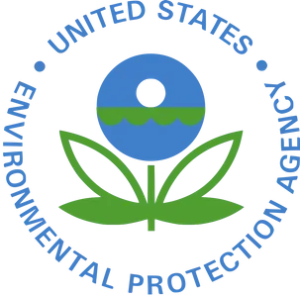
Your Solution
Go Air Heating and Air Conditioning is here to help! We will give all homeowners a FREE In-Home Estimate in order to facilitate the transition of your old unit to your NEW unit.
Not only will we provide a free in-home estimate, but we will give all R-22 owners $500 OFF a new R-410A system.
Installation includes warranty on ANY System.
We also offer financing to all who qualify.
Contact us to book your free in-home estimate
Things to Consider…
1. THE IMPACT ON YOUR HOME WITHOUT AIR CONDITIONING.
The longer you wait to replace, the longer you may have to wait for that replacement installation to be done. How will your home function in the meantime? Is it a risk you’re willing to take until R22 is phased out and your hand is forced?
2. FACTOR IN ENERGY SAVINGS.
When figuring out the cost of replacement, don’t forget that installing newer, more efficient systems can result in big reductions in energy expenses. Those savings can add up faster than you may think.
3. LONGER-TERM NEED FOR THE EQUIPMENT.
In some situations, it may make sense to wait. For example, if you are moving soon, the old equipment will no longer be your problem. However, don’t forget to check out the equipment you’ll be getting in your new space.
4. PLAN FOR REPLACEMENT TO SPREAD OUT THE COST.
If you’ve got a lot of equipment to replace, we can work with you to prioritize and come up with a plan to replace equipment over time before R22 is phased out! That’s a smart strategy to minimize your risk and manage the cost in a way that doesn’t break your budget.

